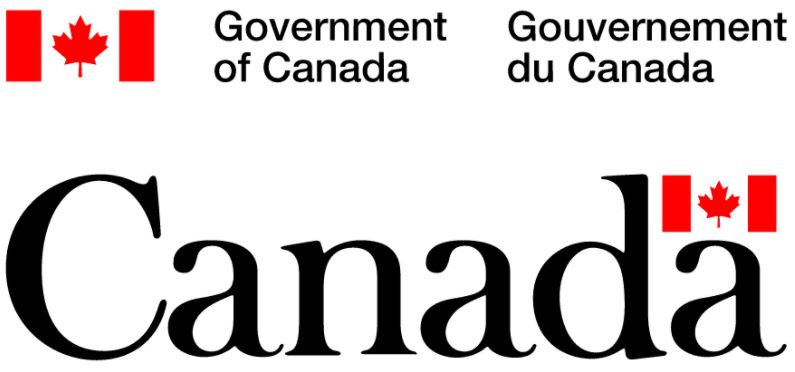What are Forced Marriages?
Forced marriage is a practice recognized at the international level as a violation of human rights 1. Forced marriage is strictly prohibited under the Universal Declaration of Human Rights of 1984 which emphasizes the right to ‘free and full consent in marriage’ going further to define certain forms of forced marriage as “slavery”2. Unlike arranged marriages which are often personally requested by the bride and groom when they feel they are ready to marry, forced marriages do not encompass consent. On the contrary, forced marriages occur as a result of various forms of coercion, usually carried out by the bride or grooms own extended families including threats to harm the victim, kidnapping, as well as physical, emotional or financial violence 1.
Why do Forced Marriages Happen?
The practice of forced marriage occurs as a result of a number of reasons, including poverty. Forced marriages allow for some alleviation of the pressures associated with poverty particularly for the brides side, as one less person in the family will decrease the resources needed to feed the family 1. This is enhanced by cultural practices such as bride-price, which brings monetary resources into the bride’s family from the groom’s side 1. Another factor that propels this practice is the heavy emphasis many cultures place on the chastity of females, arguing that the purity of a girl can only be upheld if a sexual relationship is undertaken in the context of marriage. However, because many cases of forced marriage occur when girls are substantially younger than their male partners, not yet fully physically or emotionally prepared for the consummation of their marriage, sexual intercourse in such a framework is equivocal to rape.
Along with sexual violence, the young age at which these girls enter marriage is disruptive to their education, as they must make room to attend to their family responsibilities. Because of their lack of power in their new home they are extremely vulnerable to physical violence by their spouse or in laws. The trauma from this domestic abuse places the victims at greater risk of developing mental health issues. In addition, young girls are also vulnerable to many health problems associated with child birth and sexually transmitted infections (STI’s). They have not learned about safe sex and have no control of their reproductive rights, thus they lack the knowledge they need to take care of their body during pregnancy. Moreover, because their bodies are not fully developed, there is increased risk of complication during pregnancy.
Furthermore, in some cultures girls and women are expected to uphold the family’s honour. In some families, the decision regarding a girl’s marriage is made by the family, usually the father and uncles as a means to form a desirable union between two families. Forced marriages can also be implemented to settle a dispute between two families, or to pay a debt that the family owes. In this way, it is not a union between two people but an alliance between families or an arrangement to protect the interest of large landowners or safeguard family honour4. Hence if a girl chooses her partner, it is often seen to be a direct violation of traditional values and therefore is perceived as a violation of family honour. Consequently, girls can be punished, often violently, for exercising their right to choose their partner.
Where do Forced Marriages Happen?
Forced marriages are more prevalent in South Asian and Middle Eastern countries and take place when the girls are often young ages. For instance, UN figures state that in India, 50 percent of girls are married before 18, in Bangladesh, 51 percent are married before 18 and in Afghanistan, and 54 percent are married before age 18.3 In some countries, girls as young as a few months old are promised to male suitors for marriage. Girls are fattened up, groomed, adorned with jewels and kept in seclusion to make them attractive so that they can be married off to the highest bidder.4 Most child marriages take place between the ages of 15 and 18, but in three countries, Niger, Chad and Bangladesh, more than a third of women aged 20-24 were already married by the age of 15.5 It is important to note that men are also vulnerable to forced marriage but women face higher health risks in connection with forced and early marriage. In a report released by the Forced Marriage Unit of the United Kingdom, it was found that 86% of the cases of forced marriage involved the bride, and 14% involved the groom 6.
Given the widespread occurrence of this practice and its harmful effects, many countries have undertaken a number of initiatives to counter it. For instance, in the United Kingdom, a Forced marriage Unit was established in 2008, providing information to social workers, educators, police and health workers to deal with forced marriages 6,7. Australia saw toughening of laws pertaining to human trafficking; increasing sentences to up to 25 years for people caught trafficking girls overseas for forced marriages. Norway introduced legislation punishing anyone who through the use of coercion, forces another into marriage, for 6 years. In Belgium, forced marriages are punishable with a jail term of up to 2 years and can be fined 2,500 Euros 7.
In Canada, there are a number of grassroots initiatives launched by community organizations such as the Indo Canadian Women`s Association that seek to educate the community and provide links to social and medical resources for those seeking assistance in the community. Through education and continuing efforts of the community, we can begin to leave our mark in ending this harmful practice.
- Chantler, Khatidja. “Recognition of and Intervention in Forced Marriage as a Form of Violence and Abuse.” Trauma, Violence & Abuse(2012): 13(3) 176-183. Web. 2 July. 2012.
- Sapoznik, Karlee. “Forced Marriage: An under recognized, poorly understood form of enslavement.”Active History.ca 2011. Web. 3 July 2012. Learn more
- “Child Marriage Factsheet .” State of the Worlds Population 2005. UNFPA, Web. 27 Aug 2011. Learn more
- “Fact Sheet No.23, Harmful Traditional Practices Affecting the Health of Women and.” UN, Web. 24 Aug 2011.
- “For poorer, most of the time .” Economist . Web. 27 Aug 2011. Learn more

















